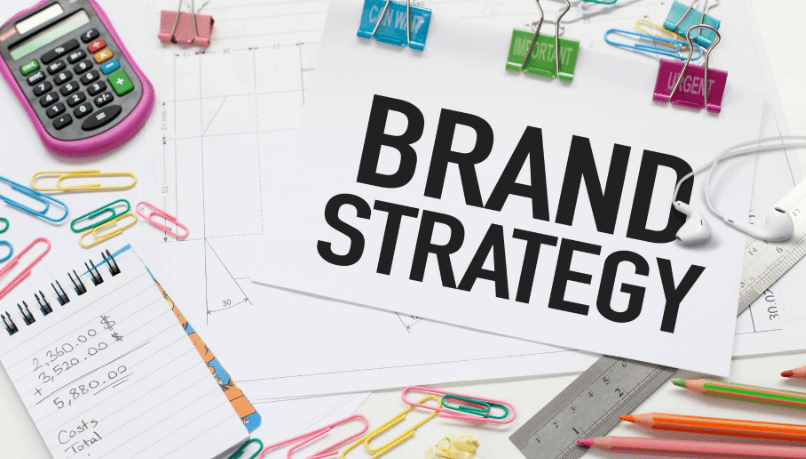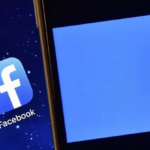Brand safety has become a top priority for marketers in recent years, particularly as online advertising has grown in importance. Ensuring that your brand is associated with safe, appropriate content and aligned with your values is critical to building and maintaining a strong brand reputation.
With the rise of programmatic advertising, however, brand safety has become more challenging to manage, as ads can appear alongside a wide variety of content, some of which may be harmful or offensive. Instagram is the perfect place to spread your business and or brand. But for that, you need lots of Instagram followers. Mixx will help you to get authentic Instagram followers. You can buy Instagram likes, views, and followers from Mixx.
In this article, we’ll explore some key ways in which brand safety technology can help you protect your brand and how you can use these tools effectively to build a strong, safe, and trusted brand.
What Is A Brand Safety Program, And What Does It Do?
A brand safety program is a set of measures designed to protect a brand from being associated with inappropriate or offensive content. This can include content that is violent, sexually explicit, or otherwise offensive. Brand safety programs can include a variety of measures, such as content filtering, targeted advertising, and proactive monitoring of online channels.
What Are Brand Safety Issues, And Why Are They Important?
Brand safety is an important issue for companies that advertise online. Brand safety refers to the risks associated with a company’s ads being displayed alongside objectionable content. Objectionable content can include offensive or inappropriate language, violence, or other sensitive topics.
There are a number of reasons why brand safety is important. First, companies want to avoid their ads being associated with offensive or inappropriate content. Second, companies want to avoid their ads being associated with competitors’ products. Third, companies want to protect their reputation and ensure that their ads are only being displayed on websites that reflect their values.
There are a number of ways to address brand safety issues. Companies can work with advertising platforms to ensure that their ads only appear on websites that meet their standards. Companies can also create their own blocklist of websites where they do not want their ads to appear. Finally, companies can create ads that are specifically designed to be safe for all audiences.
Brand safety is an important issue for companies that advertise online. By taking steps to address brand safety issues, companies can protect their reputation and ensure that their ads are only being displayed on websites that reflect their values.
How Can You Ensure Brand Safety Through Brand Safety
Brand safety technology can be a valuable tool for protecting your brand and ensuring that your ads are seen in a safe and appropriate context. Here are some ways you can use brand safety to ensure brand safety:
Use brand safety technology:
Utilize brand safety technology to help identify and avoid potentially harmful content, such as ad fraud, misplacement, and other brand safety risks. This can include tools that scan for inappropriate language or images, monitor ad placements, and detect fraud or suspicious activity.
Choose the right ad placements:
Work with your advertising partners to carefully select the right ad placements that align with your brand values and are relevant to your target audience. Avoid sites or channels with a history of controversial or harmful content.
Monitor and review ad performance:
Regularly monitor and review ad performance to ensure that your ads are being seen in the right context and generating the desired outcomes. Adjust your targeting and placement strategies as needed to ensure maximum effectiveness and minimize risk.
Be transparent:
Be transparent with your customers about how their data is used and what steps you take to protect their privacy and security. This can help build trust and loyalty while reducing the risk of reputational damage from data breaches or other security issues.
Set clear guidelines:
Establish clear guidelines and policies for your ad placements, including what types of content are acceptable and what types are not. Communicate these guidelines clearly to your advertising partners and ensure that they are being followed.
By implementing these best practices and utilizing brand safety technology, you can help ensure that your brand is seen in a safe and appropriate context, reducing the risk of reputational damage and protecting the long-term value of your brand.
What Are Brand Safety Risks?
Brand safety risks are situations or types of content that could harm a brand’s reputation by association. These risks can vary depending on the brand, the industry, and the audience, but some common brand safety risks include the following:
Ad Fraud:
Ad fraud occurs when bots or other fraudulent methods are used to generate fake ad impressions or clicks. This can result in wasted ad spend and damage to a brand’s reputation.
Ad Misplacement:
Ad misplacement happens when an ad is placed next to inappropriate or harmful content, such as violent or explicit material, hate speech, or fake news. This can damage a brand’s reputation and cause negative associations.
Ad Quality:
Poor-quality ads, such as those with broken links or technical issues, can negatively impact a brand’s credibility and create a negative user experience.
Brand Impersonation:
Brand impersonation occurs when someone uses a brand’s name, logo, or other identifying features without permission, often in an attempt to deceive or scam consumers.
Data Privacy and Security:
Data breaches, hacking, and other security issues can harm a brand’s reputation by eroding consumer trust and damaging the perceived value of the brand’s products or services.
Intellectual Property Infringement:
Infringing on the intellectual property of others, such as using copyrighted or trademarked material without permission, can result in legal action and damage to a brand’s reputation.
It’s important for brands to be aware of these risks and take steps to mitigate them through the use of brand safety technology, careful content selection, and other measures to protect their reputation and credibility.
Conclusion
Brand safety is an important part of safe marketing practices. By understanding the risks associated with each product and proper brand management, businesses can ensure their products are of the highest quality and safety.




 Why Is Ad Transparency Important On Facebook?
Why Is Ad Transparency Important On Facebook?